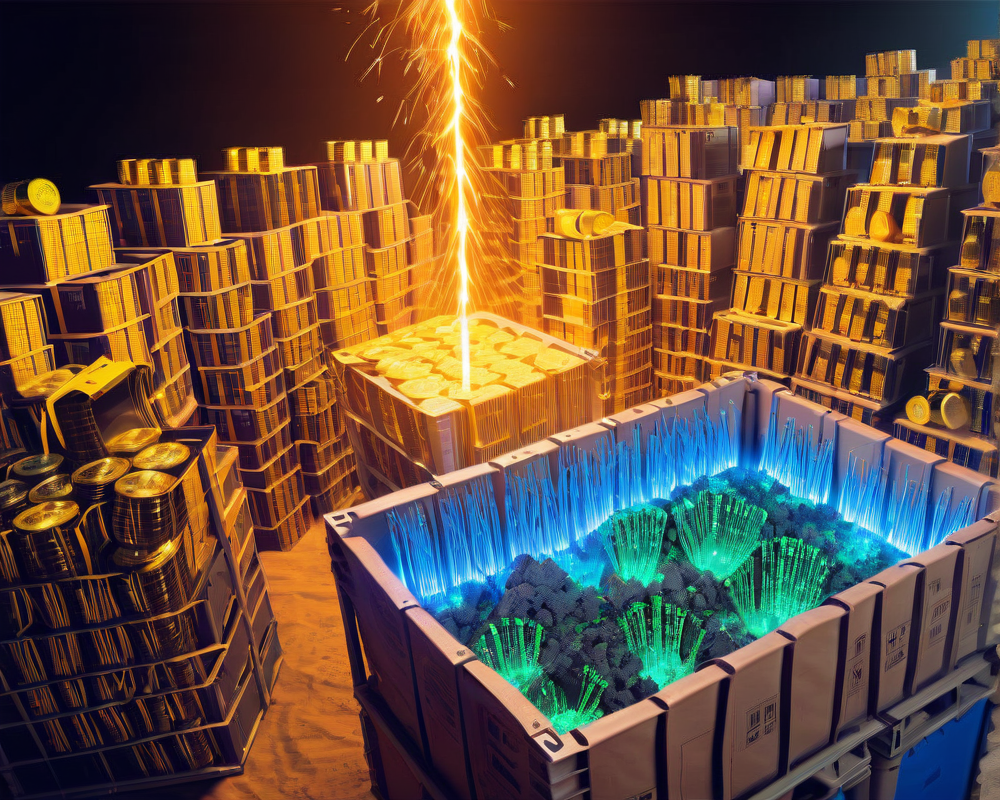The Bitcoin Mining Debate
It’s a hot topic that seems to spark debate in every corner of the blockchain community — the environmental footprint of Bitcoin mining. Last year, Tesla’s big boss, Elon Musk, threw a wrench in the cryptocurrency market when he announced that Tesla would back off from accepting Bitcoin. His primary concern? The “rapidly increasing use of fossil fuels for Bitcoin mining and transactions.” Sounds serious, right? But hold on, because a recent report from CoinShares suggests that despite the notorious reliance on coal and fossil fuels, Bitcoin mining only accounts for a mere 0.08% of global CO2 emissions.
Misconceptions Galore
Ever heard of Kristian Csepcsar? He’s the chief marketing officer at Slush Pool, one of the oldest Bitcoin mining pools around. In an exclusive interview with Cointelegraph, he sheds light on some misconceptions surrounding the environmental impacts of Bitcoin mining. For instance, he emphasizes that while electricity derived from oil and gas has its drawbacks, it isn’t as bleak as it seems. He explains, “We’re literally burning the gas into the atmosphere just because it’s not economical to do anything with it.” Instead of wasting resources, Bitcoin miners are now capturing surplus natural gas to generate electricity.
A Silver Lining in Flaring
The process known as flaring involves burning off excess natural gas produced alongside oil extraction. While it might sound like an environmental nightmare, Bitcoin miners in the U.S. and Canada have found ingenious ways to reroute that gas to produce electricity instead. This approach not only cuts down on emissions but also offers a practical solution to a significant environmental challenge. It’s like recycling but with a combustible twist!
The Solar Dilemma
But wait, Csepcsar doesn’t stop there. He casts a skeptical eye on the buzz surrounding renewable energy sources for Bitcoin mining, particularly solar. According to him, the reality isn’t as rosy as portrayed. “When you calculate the profitability, it’s not that good; it’s a very tough business,” he notes. Additionally, there’s the production catch: around 70% of solar panels come from China, and their manufacturing process is rife with harmful chemicals, which often gets swept under the rug of public discourse.
The Privacy Perspective
In a world where transparency seems like a must-have feature, Slush Pool maintains a surprisingly laid-back stance on tracking the energy sources used by its Bitcoin miners. Csepcsar explains, “We don’t want to look at that as a pool operator.” He mentions that it would require Know Your Customer (KYC) processes, audits, and a filter on transactions, which doesn’t align with the ethos of decentralization in the crypto space. The bottom line? Transparency has its costs, and privacy advocates may not be willing to pay them.
Final Thoughts: Balancing Act
Bitcoin mining is a complex beast with multiple layers. As Csepcsar aptly points out, one can’t simply slap a label on the environmental impact without considering the intricacies involved. Between the misrepresentation of renewable energy benefits and the shift from wasteful practices to more sustainable solutions, it seems like the conversation around Bitcoin mining is destined to keep evolving. So, whether you’re a miner, a skeptic, or just a casual observer, this topic is worth keeping an eye on. Remember, just because it sparkles doesn’t mean it’s gold — or green.




